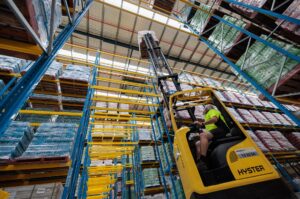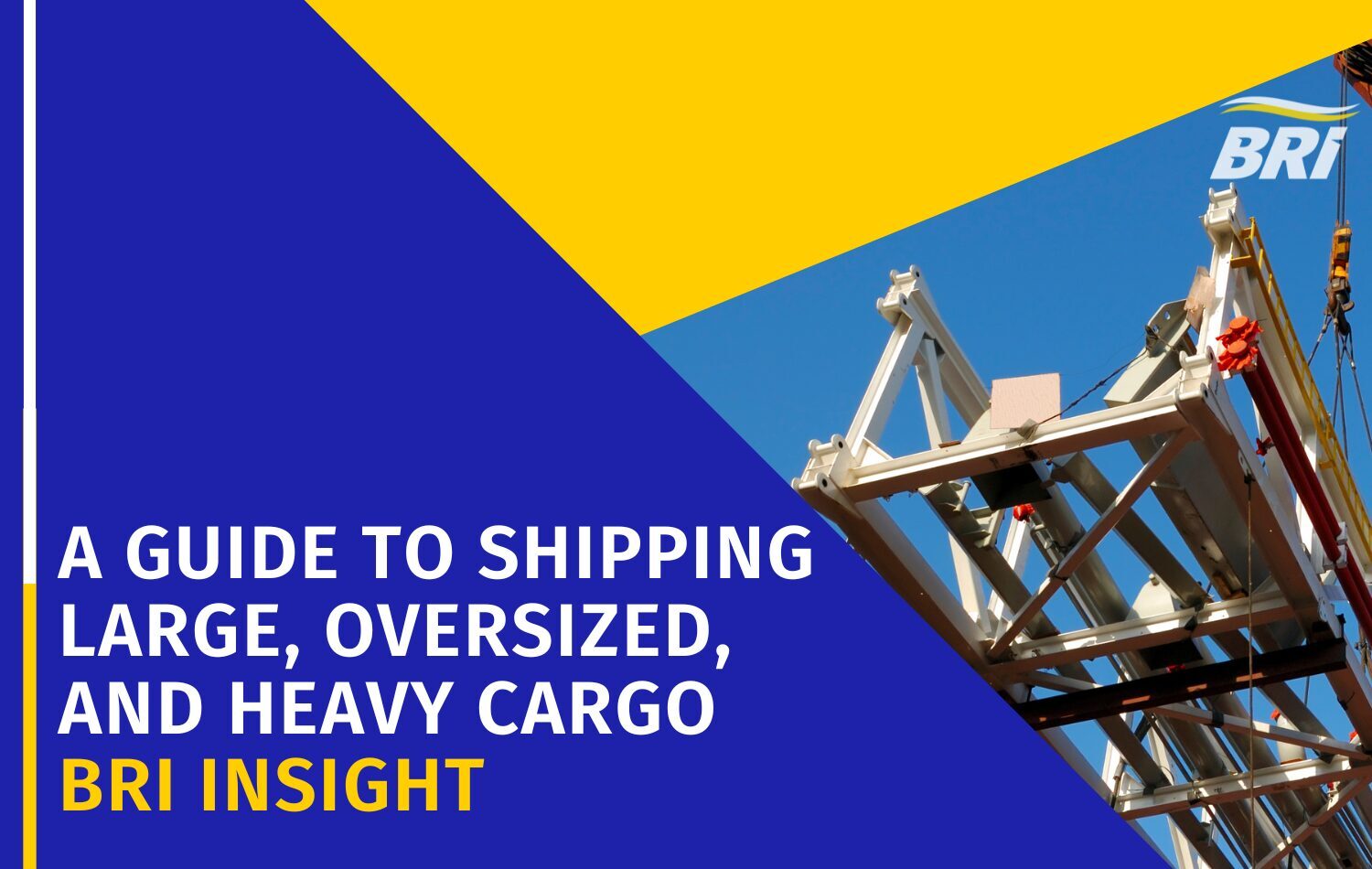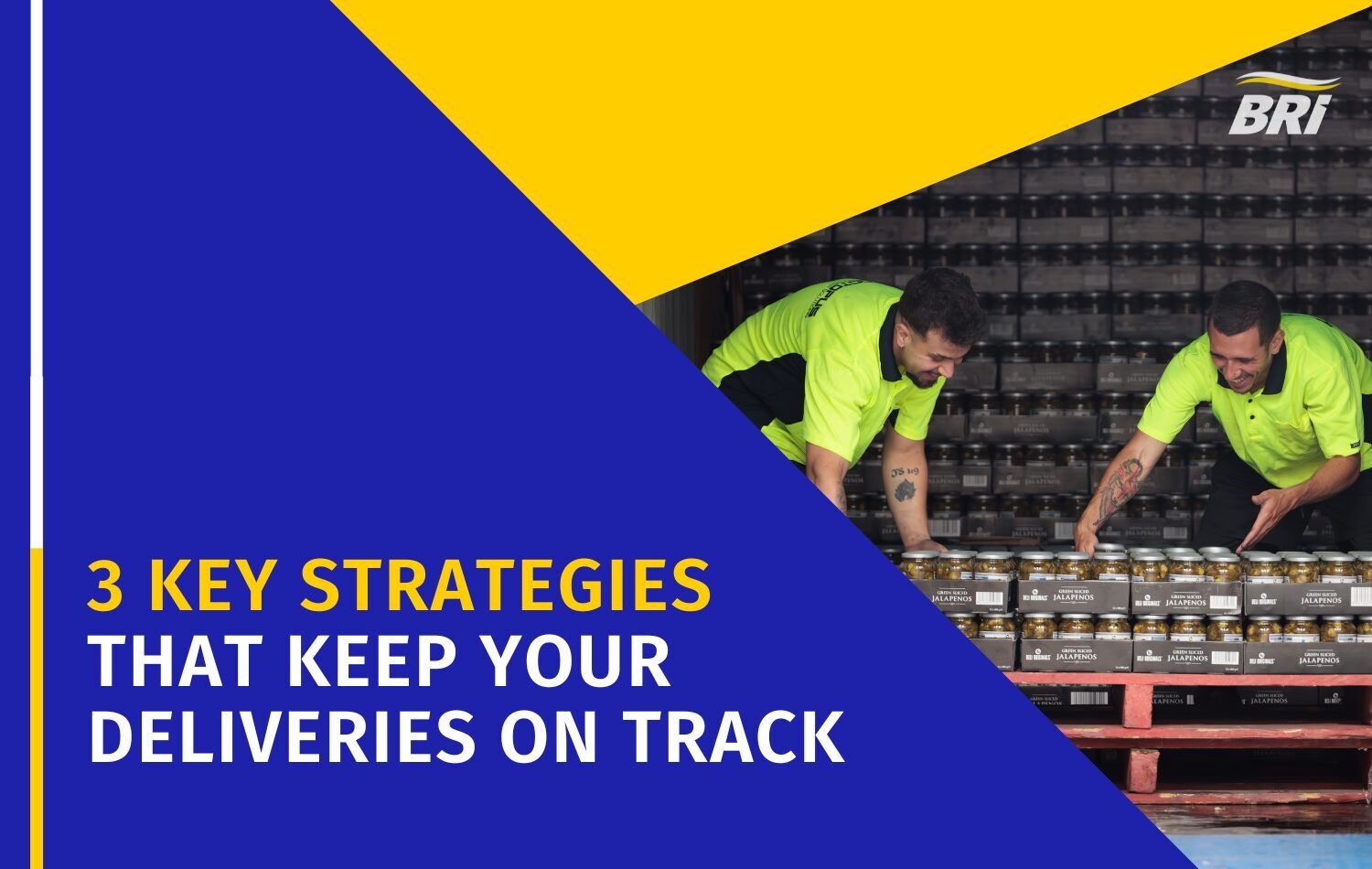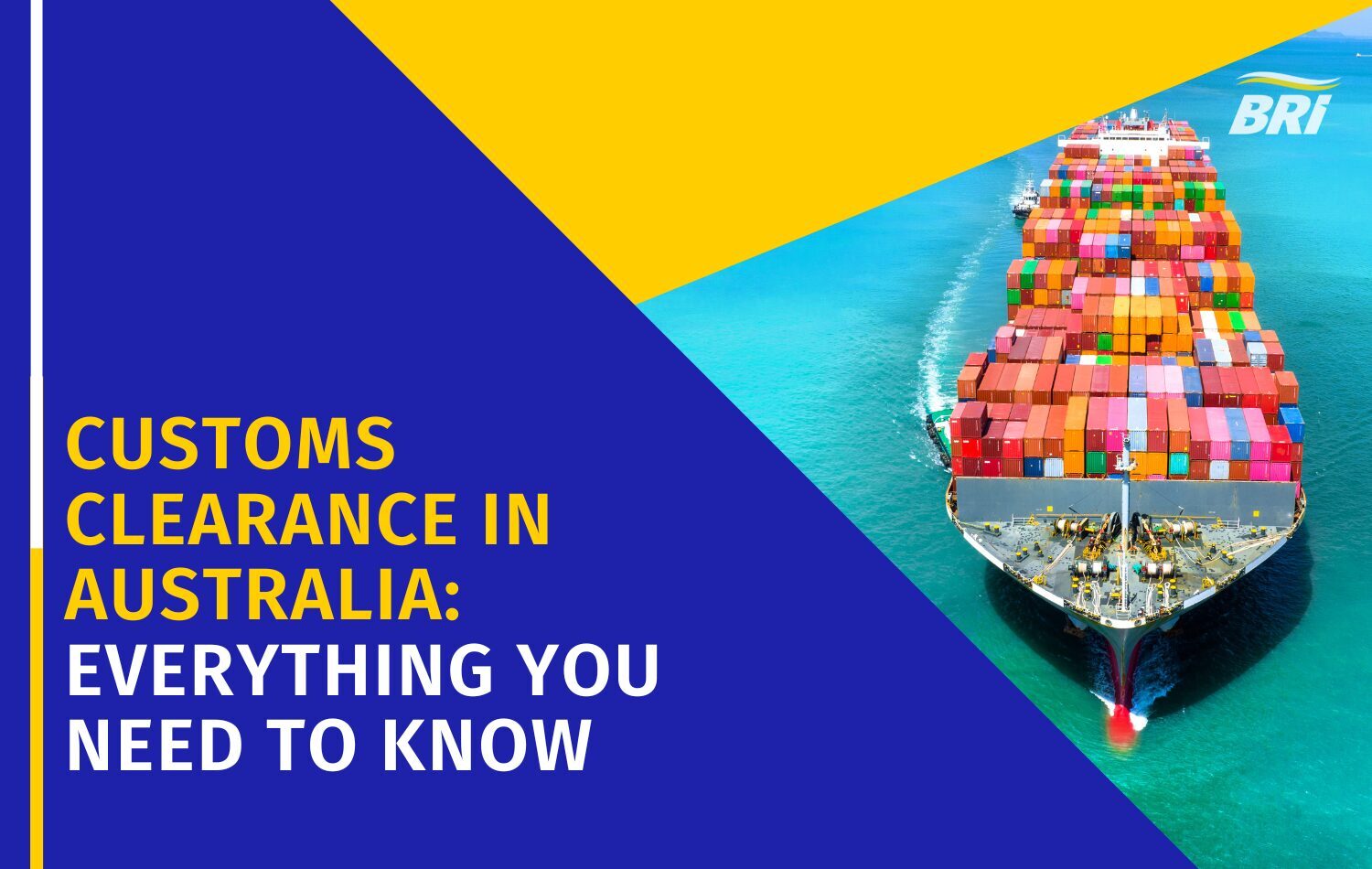When it comes to shipping large, oversized, or heavy cargo internationally, the stakes can be exceptionally high. It’s a process filled with potential for costly delays, damage, and compliance headaches. For strategic importers and exporters, the real challenge isn’t just finding a company to move your goods; it’s finding a partner who can navigate the complex logistics with a proactive and solutions-focused approach.
Here is a guide to understanding the unique challenges of shipping large cargo and what to look for in a logistics partner, one who can be a true ally in your global trade ambitions.
What is Considered “Large” or “Oversized” Cargo?
“Large” or “oversized” cargo refers to items that exceed the standard dimensions or weight limits of a regular shipping container. This includes everything from heavy machinery, industrial equipment, and vehicles to construction materials and specialised components. Unlike regular freight, which is often palletised and easily fits into a 20 or 40-foot container, large cargo requires a different shipping strategy from the very start.
What Are The Stakes Of Shipping Large Cargo?
Shipping oversized goods requires meticulous planning and execution. A single oversight can turn a project from a success story into a significant setback. Here are some of the key challenges and how they can be overcome:
Complex Regulations and Documentation:
Shipping large cargo often involves specific permits, certifications, and customs declarations that vary by country and commodity. A single error can lead to a shipment being held at the border, incurring significant costs and delays. For example, during a critical pre-IPO phase for Dusk Group, a major supply chain hiccup threatened to delay their goods from China. BRi’s team provided a clear plan with contingencies within 24-36 hours, ensuring everything arrived on time and allowing the company to proceed with a successful listing and Christmas trade.
Peter King, CEO of dusk Australia, describes how the BRi team provided a clear plan with contingencies within 24-36 hours.
Specialised Handling and Equipment:
Oversized cargo, such as heavy machinery or industrial equipment, requires specialised equipment for lifting, securing, and transport. This could include flat rack or open-top containers, or even chartering an entire vessel. Without the right equipment and expertise, the risk of damage is high. I have seen how a logistics partner can manage this by consolidating products from multiple vendors across different parts of the world using services like bonded warehouses, effectively solving the problem of different lead times and port management.
Meticulous Route Planning:
Transporting heavy cargo requires meticulous route planning to account for road restrictions, bridge capacities, and port access. Geopolitical instability can also disrupt planned routes, making flexibility and foresight critical. When Moose Toys entered the US market, BRi helped them by setting up the necessary infrastructure and understanding what timelines, carriers, and third-party logistics requirements were needed to overcome the supply chain roadblocks between China and the US. This strategic planning helped them move expedited freight and find the most efficient transport logistics.
Supplier and Timing Issues:
Even with the best planning, suppliers can face unforeseen timing issues that threaten to derail a project. In a situation for a client, a supplier for a critical component of a ducting project couldn’t meet the timing. BRi’s team proactively found and vetted a new supplier remotely within three weeks, ensuring all terms and compliance were correct and kept the project going with no interruptions. This level of hands-on problem-solving, extending to new supplier sourcing and customs implications, is crucial.
Biosecurity or Inspection Risks:
Importing certain types of machinery or equipment may trigger biosecurity checks or inspections, particularly in Australia. Ensuring your cargo is clean and compliant before it ships can prevent major delays at the port.

Main Shipping Methods
The method you choose for shipping large cargo is crucial for balancing cost, time, and safety.
-
Sea Freight: This is the most common method for large cargo. Break Bulk: This method is used for cargo that is too large to fit into a container and is loaded directly onto the vessel. It’s often the most cost-effective option for extremely large items, though it can take longer to load and unload. Flat Rack or Open-Top Container: These specialised containers have open sides or tops, making it easier to load oversized items. They are ideal for cargo that is too wide or tall for a standard container but can still be secured within a container’s footprint. RORO (Roll-On/Roll-Off): Primarily used for vehicles and self-propelled machinery, this method involves driving the cargo directly onto and off the ship, simplifying the handling process.
-
Air Freight: While more expensive, air freight is a viable option for urgent, high-value, or time-sensitive items. It significantly reduces transit time but is limited by the size and weight capacity of the aircraft.
-
Multimodal Transport: A strategic logistics partner can combine sea, air, and road transport to create a tailored solution that optimises for both cost and speed. For example, using sea freight for the main leg of the journey and air freight for a critical component to meet a tight deadline.
Cost vs. Time Trade-offs
Balancing cost-efficiency with delivery timelines is a constant challenge. Project planning, especially for large cargo, must account for long lead times. A great logistics partner can help you manage these trade-offs and provide transparency on your order and delivery cycle, so you always know where your goods are and when they’ll arrive

Risks of Large Cargo and How to Mitigate Them
-
Port Congestion & Delays: A major hiccup in your supply chain can turn a project from a success story into a significant setback. The right partner can mitigate this by providing a clear plan with contingencies.
-
Damage in Transit: The risk of damage is high without the right handling. It’s important to have a partner with a proven track record and the right equipment to secure your cargo.
-
Lack of Flexibility: The logistics landscape is constantly changing. A partner should be agile enough to adapt to these changes and provide flexible solutions.
The Right Logistics Partner
So, what should you look for in a partner for your large cargo shipments?
-
A Consultative Approach: Look for a partner who takes a “tell me more” approach. They should be inquisitive, asking questions to understand the full scope of your business before offering a solution.
-
Real-Time Transparency and Communication: You should have full visibility of your shipment from start to finish. A great partner provides transparency on your order cycle and delivery cycle, so you always know where your goods are and when they’ll arrive.
-
Proven Problem-Solving: The true test of a partner is how they respond to a crisis. Peter King recalls a major hiccup in their supply chain before their IPO, where his logistics partner quickly provided a clear plan and contingencies that were executed flawlessly, ensuring everything arrived on time. This level of decisive action and reliability is what sets a great partner apart.
-
Flexibility and Agility: The logistics landscape is constantly changing. A partner should be agile enough to adapt to these changes and provide flexible solutions. Ben Dart praises his logistics partner’s ability to think differently and their global reach, which helps Moose Toys “be nimble and agile and work with different partners”.
Ben Dart, COO of Moose Toys, notes, a great logistics relationship provides the ability “to feel like they’re in it with you” and their capacity to provide a “win-win situation for both companies”.
Why a Strategic Logistics Partner is Essential
In this high-stakes environment, you need more than a provider who simply moves freight. You need a strategic partner who is deeply invested in your business and works proactively to solve problems before they arise.
The team at BR International is focused on building long-term, collaborative relationships, especially by providing:
-
Customised Planning and Support: We offer end-to-end solutions that are built around your specific requirements, not a one-size-fits-all model. Our long-time partner, Peter Simonetta of Arisit, describes a project where we managed every aspect of a supply chain for ducting, from vendor management and quality control to paying suppliers and consolidation.
-
Expertise in Permits, Clearances, and Port Handling: Our deep expertise in customs clearance, supply chain strategy, and global networks allows us to handle the complexities of large cargo shipping with confidence.
-
BRi Pathway: We provide you with real-time transparency and communication through our proprietary software, BRi Pathway, which helps you track consignments and gain access to crucial information.
-
In-house Customs Broker: Our in-house customs broker can handle all customs documentation and permits, ensuring a seamless and compliant process. This removes a significant burden and risk for your business.
We offer end-to-end solutions that are built around your specific requirements, not a one-size-fits-all model. Our deep expertise in customs clearance, supply chain strategy, and global networks allows us to handle the complexities of large cargo shipping with confidence.
Our long time client & partner, Peter Simonetta of Arisit Pty Ltd, describes a project where we managed every aspect of a supply chain for ducting, from vendor management and QC to paying suppliers and consolidation. This level of involvement is a testament to our partnership mindset.
Peter Simonetta says, “The difference between a traditional forwarder is that you become part of the team.”
Our commitment to going “above and beyond” is our biggest point of difference. As Peter Simonett states, “[BRi has] taken it to a new level. They have proprietary software that helps the vendors, it helps you track your consignments… they are well well-suited suited up to everyone”. This dedication to innovative solutions and customer success is what truly defines BRi.
If you’re a business looking to ship large cargo internationally, feel free to get in touch with us. Discover how a true logistics partner can make the difference between simply shipping a product and building a successful, resilient global supply chain.



